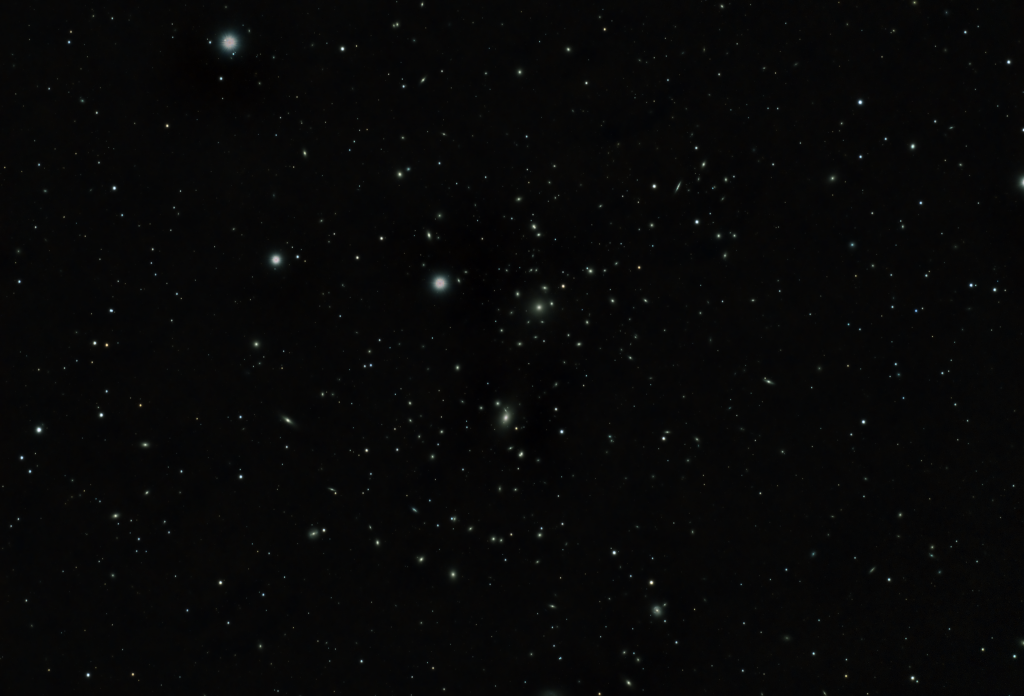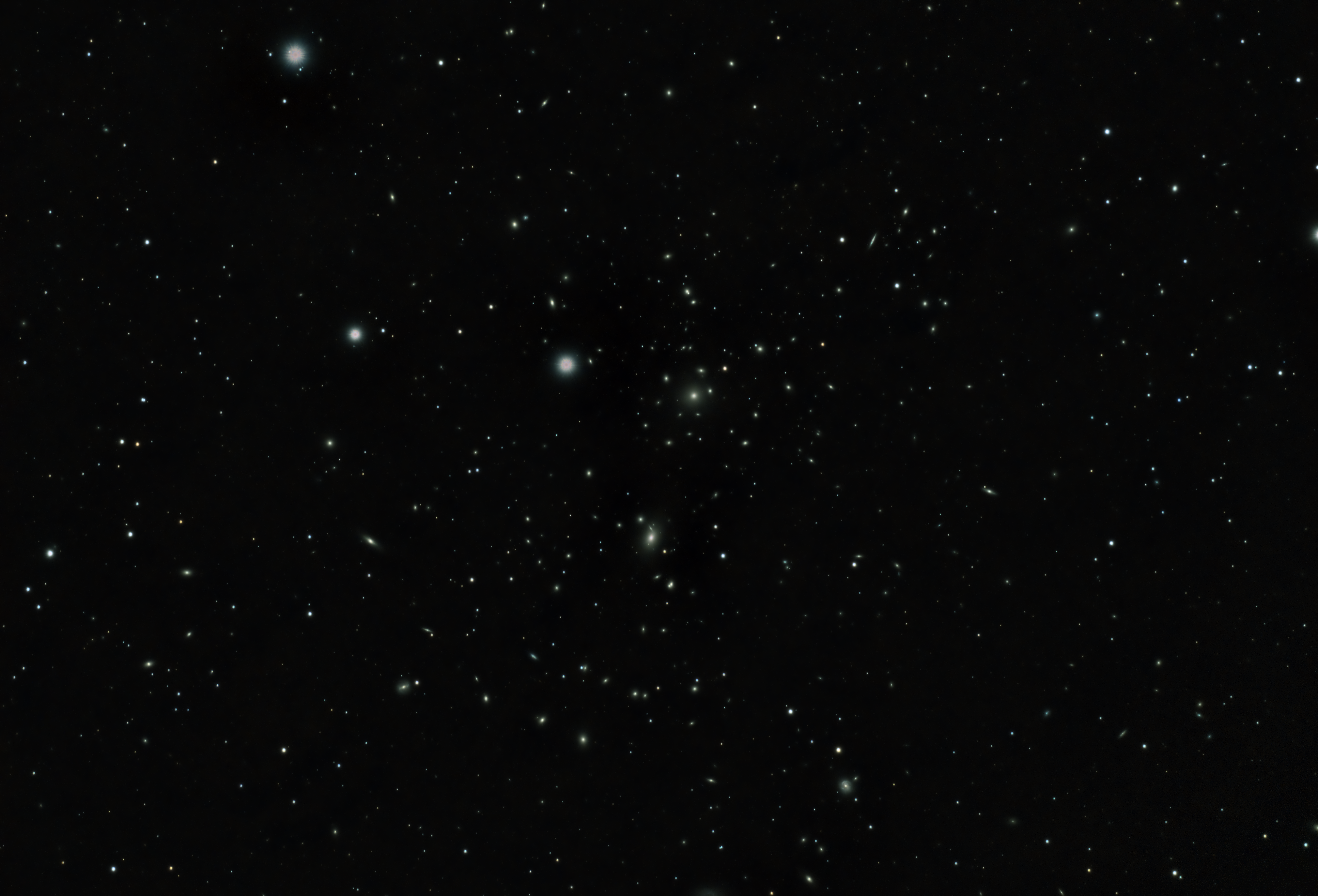
Similar Posts
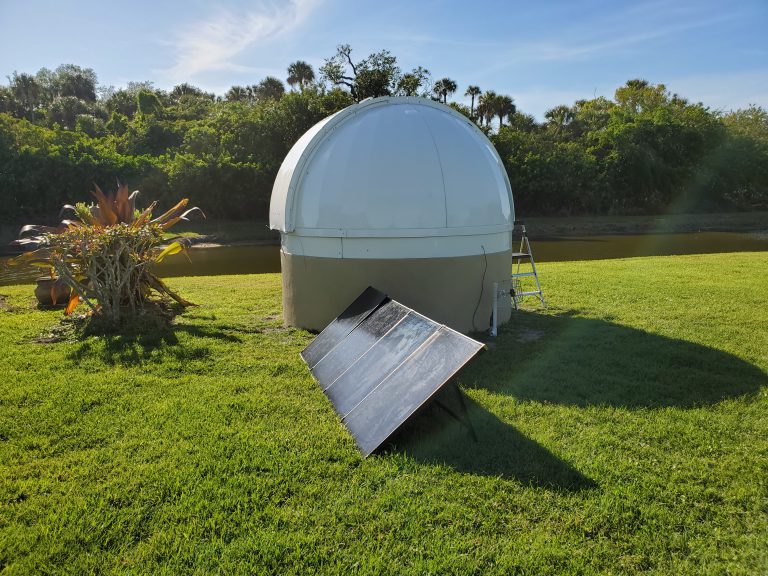
Our new observatory!
Our new house has plenty of land, reasonably dark skies, and a reasonable homeowner’s association… so of course I had to try building an observatory! It may sound crazy, but it does offer a lot of advantages: I no longer have to set up my telescope, wait for dark, polar align it, and run a…
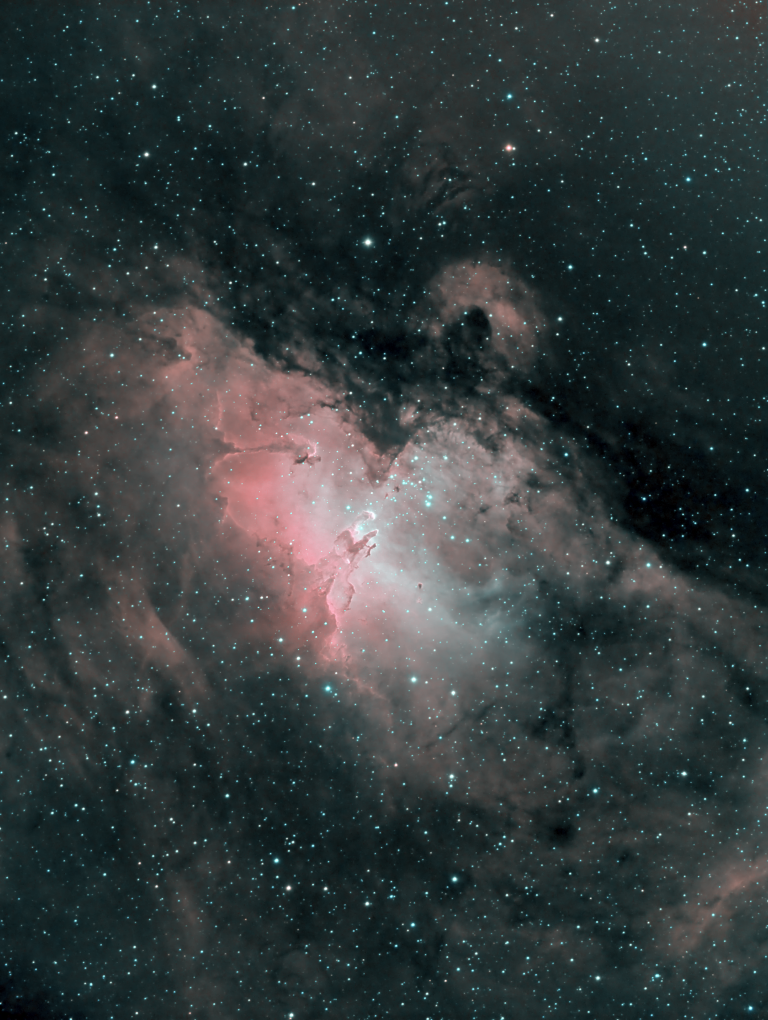
The Eagle Nebula
A wider shot of the Eagle Nebula, with the famous “pillars of creation” in its center.
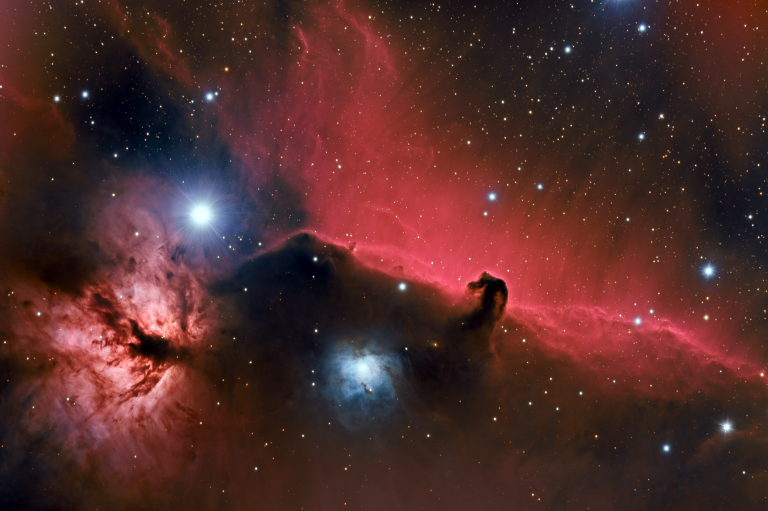
Going Deep with the Horsehead and Flame
The Horsehead and Flame nebulas, although popular, are really difficult to image together. The clouds of Hydrogen look best using narrowband filters, but the blue reflection nebula below the Horsehead only appears in wideband, color filters. Further complicating matters is the bright star Alnitak, one of the stars that makes up Orion’s belt. In narrowband,…
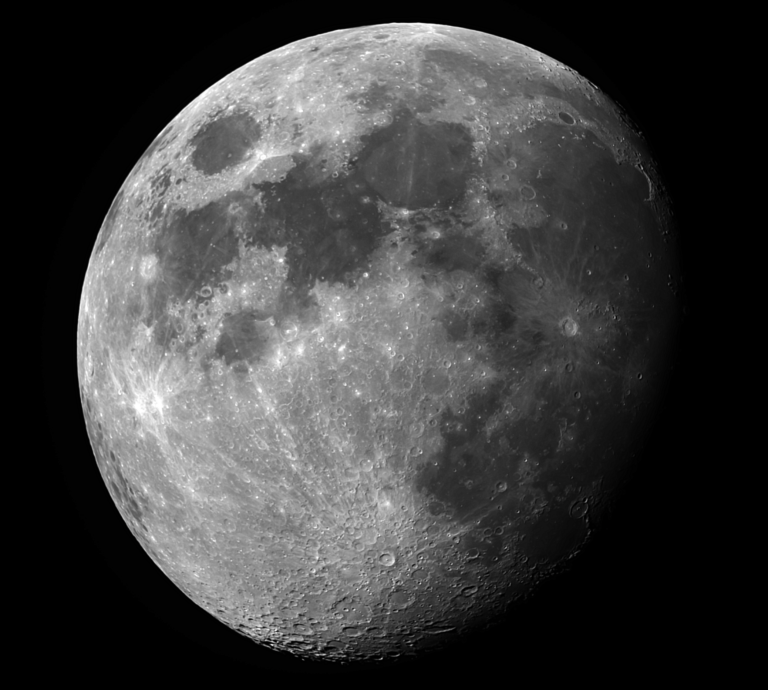
The Moon
Last weekend, I hosted an astrophotography workshop on lunar photography for our local astronomy club. Tonight the skies finally cleared, and I got to apply what was learned! Here’s our lunar neighbor, in hi-res glory.
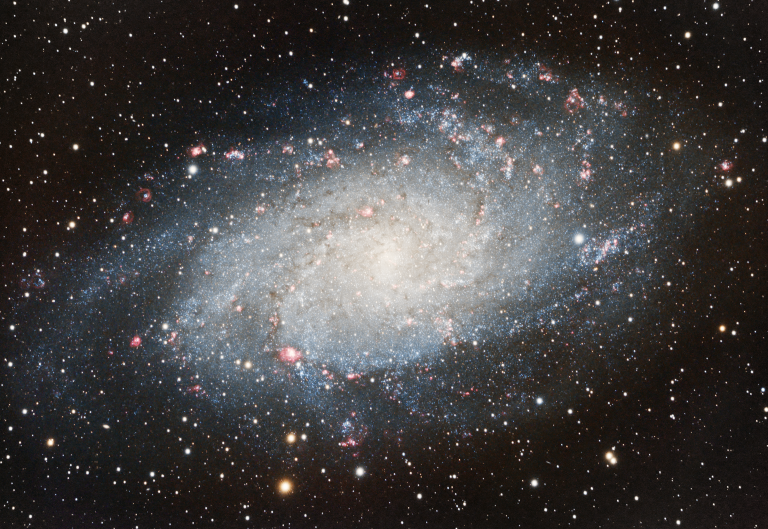
Revisiting E.T.’s Galaxy (M33)
I’ve imaged M33, the “Triangulum Galaxy” before – but not yet from our new home with darker skies and better equipment. I’m really pleased with how this came out – although M33 is very close to us (2-3 million light-years – that’s close by galactic standards!) it is notoriously difficult to image. Although it’s close,…
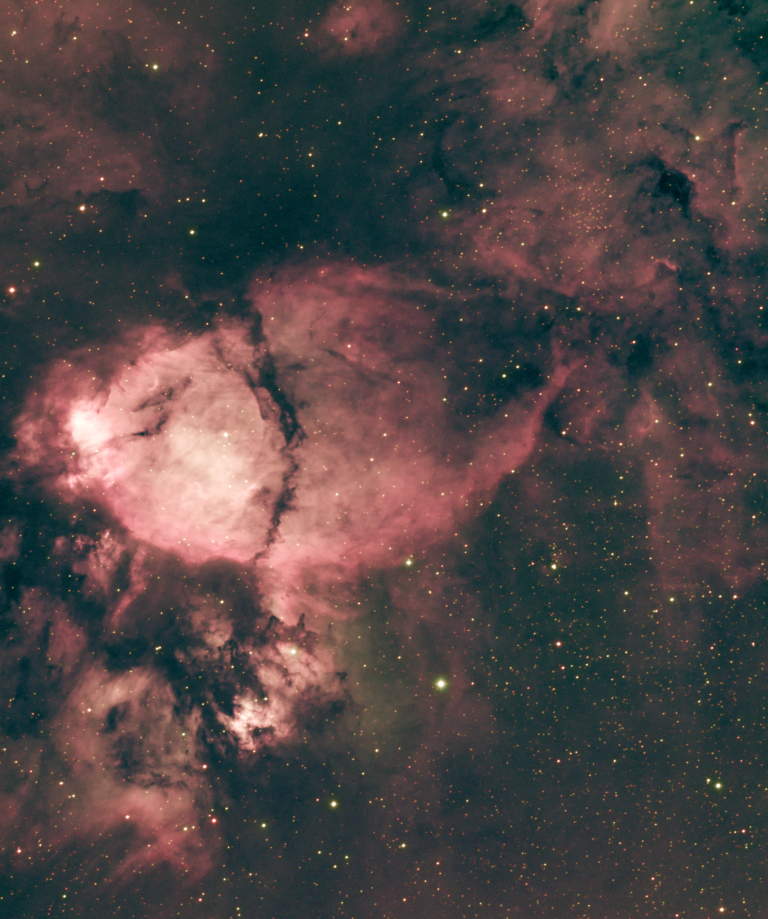
The “Fish-Head Nebula”
It’s really just a small portion of the Heart Nebula… that kinda looks like a fish. Maybe not the prettiest object in the cosmos, but it reflects a few technical accomplishments for me. About 20 hours of exposure time in total on this. Below I’m presenting it in a false-color “Hubble Palette”, as well as…

